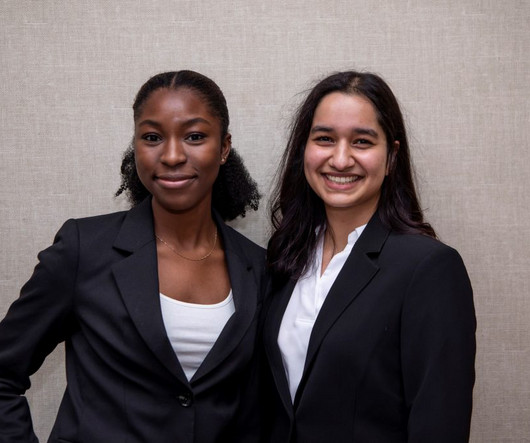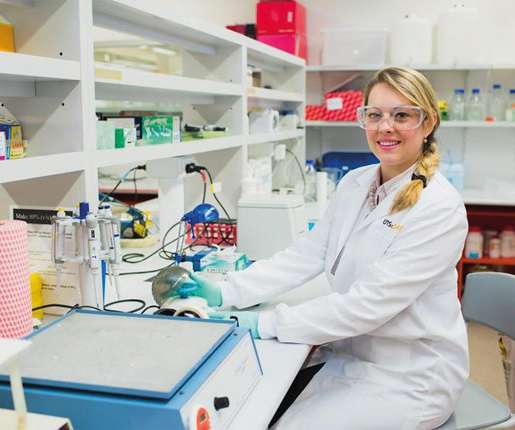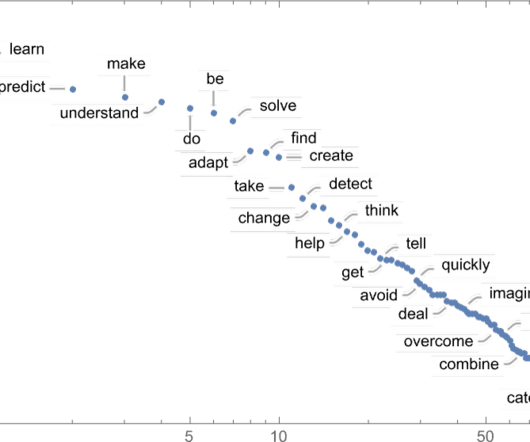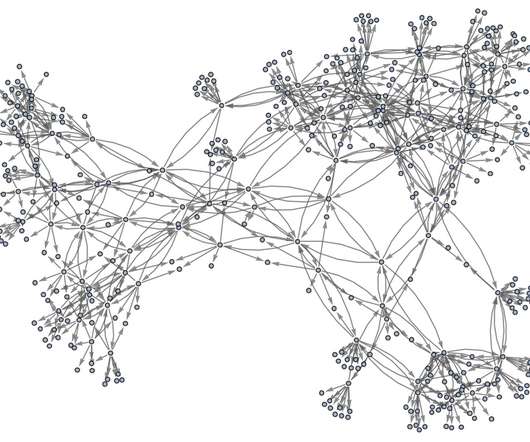How we read: the neuroscience behind literacy
Futurum
SEPTEMBER 5, 2023
In the brain Jacqueline’s lab uses several different technologies to look inside the brain and see what effect different stimuli have on neural activities. “We There is a lot of ‘tradition’ with regards to ideas and approaches, which I feel can sometimes impede our ability to move science forward efficiently.













Let's personalize your content